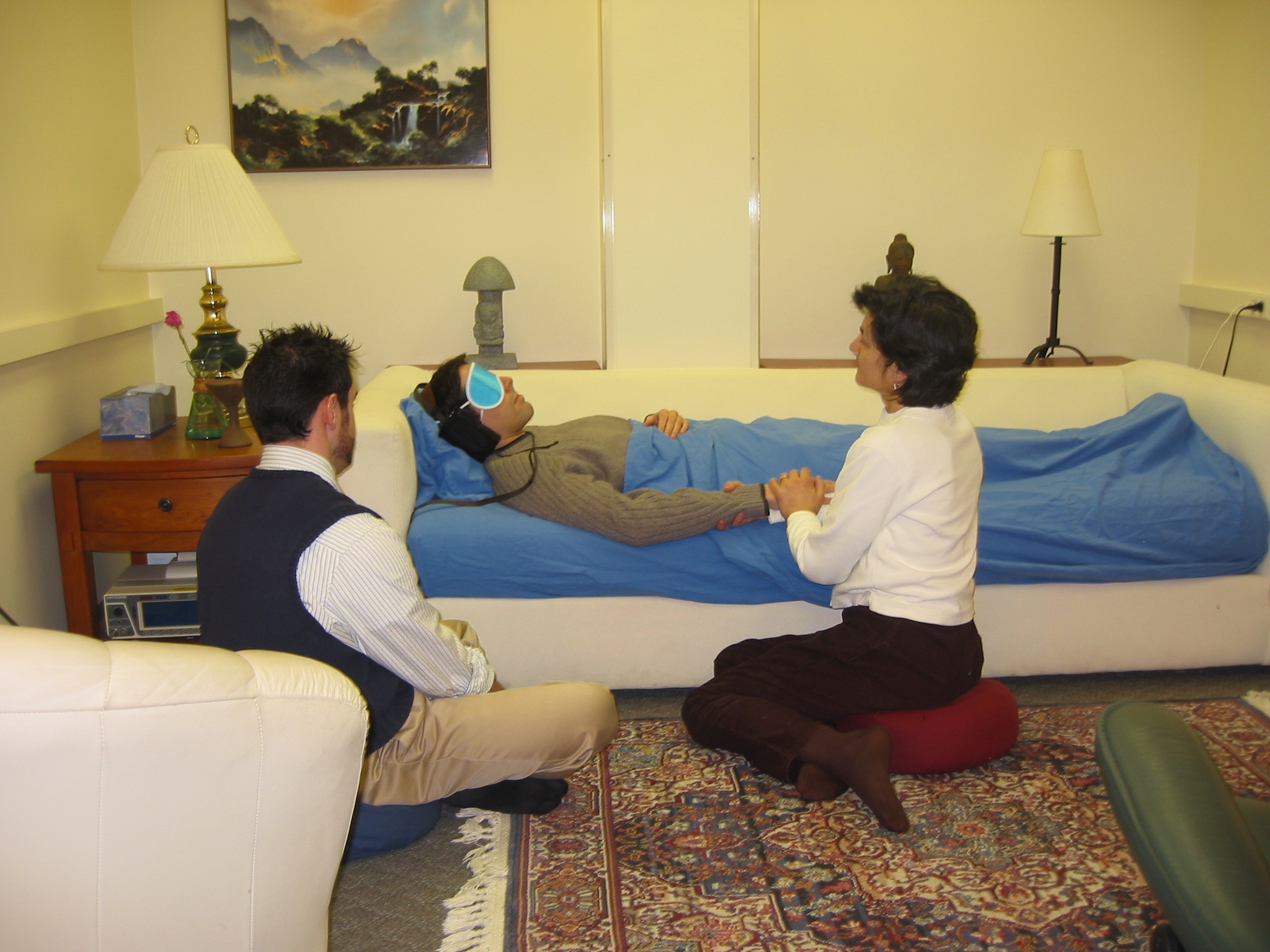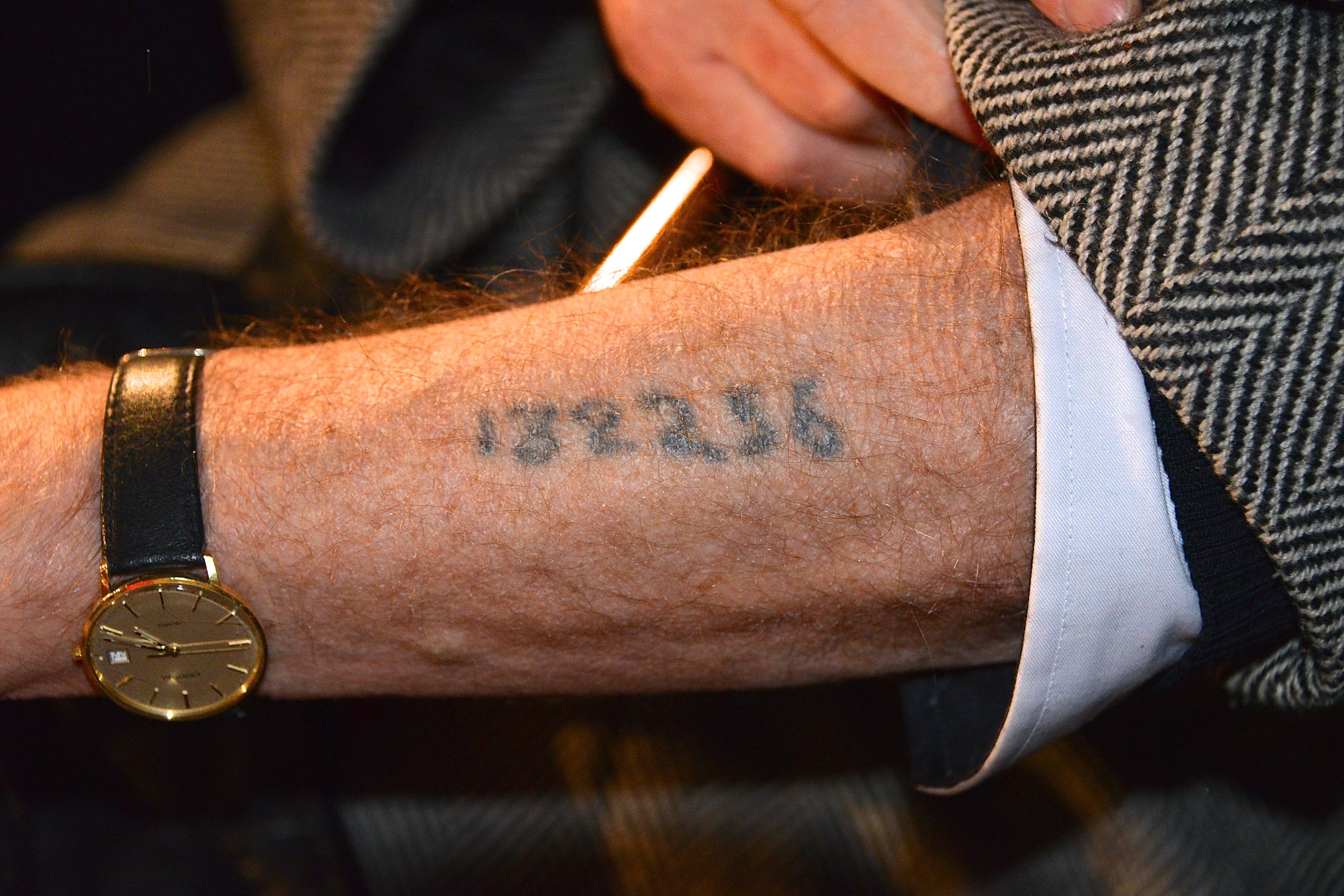|
Ka-tzetnik 135633
Yehiel De-Nur (; ''De-Nur'' means 'of the fire' in Aramaic; also Romanized ''Dinoor, Di-Nur''), also known by his pen name Ka-Tsetnik 135633, born Yehiel Feiner (16 May 1909 – 17 July 2001), was a Jewish writer and Holocaust survivor, whose books were inspired by his time as a prisoner in the Auschwitz concentration camp. His work, written in Hebrew, tends to "blur the line between fantasy and actual events" and consists of "often lurid novel-memoirs, works that shock the reader with grotesque scenes of torture, perverse sexuality, and cannibalism". Biography Yehiel De-Nur was born in Sosnowiec, Poland. He was a yeshiva pupil in Lublin and later supported Zionism. In 1931, he published a book of Yiddish poetry which he tried to destroy after the war. During World War II De-Nur spent two years as a prisoner in Auschwitz. In 1945, he immigrated to Mandatory Palestine, (later the State of Israel). He wrote several works in Hebrew about his experiences in the camp using his i ... [...More Info...] [...Related Items...] OR: [Wikipedia] [Google] [Baidu] |
Sosnowiec
Sosnowiec is an industrial city county in the Dąbrowa Basin of southern Poland, in the Silesian Voivodeship, which is also part of the Silesian Metropolis municipal association.—— Located in the eastern part of the Upper Silesian Industrial Region, Sosnowiec is one of the cities of the Katowice urban area, which is a conurbation with the overall population of 2.7 million people; as well as the greater Upper Silesian metropolitan area populated by about 5.3 million people. The population of the city is 194,818 as of December 2021. Geography It is believed that the name Sosnowiec originates from the Polish word '' sosna'', referring to the pine forests growing in the area prior to 1830. The village was originally known as ''Sosnowice''. Other variations of the name include ''Sosnowietz, Sosnowitz, Sosnovitz'' (Yiddish), ''Sosnovyts, Sosnowyts, Sosnovytz, Sosnowytz,'' and ''Sosnovetz''. There are five other smaller settlements in Poland also called Sosnowiec, located in ... [...More Info...] [...Related Items...] OR: [Wikipedia] [Google] [Baidu] |
Aliyah
Aliyah (, ; he, עֲלִיָּה ''ʿălīyyā'', ) is the immigration of Jews from the diaspora to, historically, the geographical Land of Israel, which is in the modern era chiefly represented by the State of Israel. Traditionally described as "the act of going up" (towards the Jewish holy city of Jerusalem), moving to the Land of Israel or "making aliyah" is one of the most basic tenets of Zionism. The opposite action—emigration by Jews from the Land of Israel—is referred to in the Hebrew language as '' yerida'' (). The Law of Return that was passed by the Israeli parliament in 1950 gives all diaspora Jews, as well as their children and grandchildren, the right to relocate to Israel and acquire Israeli citizenship on the basis of connecting to their Jewish identity. For much of their history, most Jews have lived in the diaspora outside of the Land of Israel due to various historical conflicts that led to their persecution alongside multiple instances of exp ... [...More Info...] [...Related Items...] OR: [Wikipedia] [Google] [Baidu] |
Psalms
The Book of Psalms ( or ; he, תְּהִלִּים, , lit. "praises"), also known as the Psalms, or the Psalter, is the first book of the ("Writings"), the third section of the Tanakh, and a book of the Old Testament. The title is derived from the Greek translation, (), meaning "instrumental music" and, by extension, "the words accompanying the music". The book is an anthology of individual Hebrew religious hymns, with 150 in the Jewish and Western Christian tradition and more in the Eastern Christian churches. Many are linked to the name of David, but modern mainstream scholarship rejects his authorship, instead attributing the composition of the psalms to various authors writing between the 9th and 5th centuries BC. In the Quran, the Arabic word ‘Zabur’ is used for the Psalms of David in the Hebrew Bible. Structure Benedictions The Book of Psalms is divided into five sections, each closing with a doxology (i.e., a benediction). These divisions were probably intr ... [...More Info...] [...Related Items...] OR: [Wikipedia] [Google] [Baidu] |
Jan Bastiaans
Jan Bastiaans (May 27, 1917 in Rotterdam - October 31, 1997 in Warmond) was a Dutch neurologist and psychiatrist, known for his controversial ''Bastiaans method'' of treatment of traumatised survivors of The Holocaust suffering from survivor guilt with LSD Lysergic acid diethylamide (LSD), also known colloquially as acid, is a potent psychedelic drug. Effects typically include intensified thoughts, emotions, and sensory perception. At sufficiently high dosages LSD manifests primarily mental, vi .... References {{DEFAULTSORT:Bastiaans, Jan 1917 births 1997 deaths Dutch neurologists Dutch psychiatrists ... [...More Info...] [...Related Items...] OR: [Wikipedia] [Google] [Baidu] |
Psychotherapy
Psychotherapy (also psychological therapy, talk therapy, or talking therapy) is the use of psychological methods, particularly when based on regular personal interaction, to help a person change behavior, increase happiness, and overcome problems. Psychotherapy aims to improve an individual's well-being and mental health, to resolve or mitigate troublesome behaviors, beliefs, compulsions, thoughts, or emotions, and to improve relationships and social skills. Numerous types of psychotherapy have been designed either for individual adults, families, or children and adolescents. Certain types of psychotherapy are considered evidence-based for treating some diagnosed mental disorders; other types have been criticized as pseudoscience. There are hundreds of psychotherapy techniques, some being minor variations; others are based on very different conceptions of psychology. Most involve one-to-one sessions, between the client and therapist, but some are conducted with groups, inc ... [...More Info...] [...Related Items...] OR: [Wikipedia] [Google] [Baidu] |
Psychedelic Therapy
Psychedelic therapy (or psychedelic-assisted therapy) refers to the proposed use of psychedelic drugs, such as psilocybin, MDMA, LSD, and ayahuasca, to treat mental disorders. As of 2021, psychedelic drugs are controlled substances in most countries and psychedelic therapy is not legally available outside clinical trials, with some exceptions. The procedure for psychedelic therapy differs from that of therapies using conventional psychiatric medications. While conventional medications are usually taken without supervision at least once daily, in contemporary psychedelic therapy the drug is administered in a single session (or sometimes up to three sessions) in a therapeutic context. The therapeutic team prepares the patient for the experience beforehand and helps them integrate insights from the drug experience afterwards. After ingesting the drug, the patient normally wears eyeshades and listens to music to facilitate focus on the psychedelic experience, with the therapeutic te ... [...More Info...] [...Related Items...] OR: [Wikipedia] [Google] [Baidu] |
Nightmare
A nightmare, also known as a bad dream, Retrieved 11 July 2016. is an unpleasant dream that can cause a strong emotional response from the mind, typically fear but also despair, anxiety or great sadness. The dream may contain situations of discomfort, psychological or physical terror, or panic. After a nightmare, a person will often awaken in a state of distress and may be unable to return to sleep for a short period of time. Recurrent nightmares may require medical help, as they can interfere with sleeping patterns and cause insomnia. Nightmares can have physical causes such as sleeping in an uncomfortable position or having a fever, or psychological causes such as stress or anxiety. Eating before going to sleep, which triggers an increase in the body's metabolism and brain activity, can be a potential stimulus for nightmares. The prevalence of nightmares in children (5–12 years old) is between 20 and 30%, and for adults is between 8 and 30%. In common language, the mea ... [...More Info...] [...Related Items...] OR: [Wikipedia] [Google] [Baidu] |
Virginia Satir
Virginia Satir (26 June 1916 – 10 September 1988) was an American author and psychotherapist,http://www.psychologistanywhereanytime.com/famous_psychologist_and_psychologists/psychologist_famous_virginia_satir.htm recognized for her approach to family therapy. Her pioneering work in the field of family reconstruction therapy honored her with the title "Mother of Family Therapy". Her most well-known books are ''Conjoint Family Therapy'', 1964, ''Peoplemaking'', 1972, and ''The New Peoplemaking'', 1988. She is also known for creating the Virginia Satir Change Process Model, a psychological model developed through clinical studies. Change management and organizational gurus of the 1990s and 2000s embrace this model to define how change impacts organizations. Early years Virginia Satir was born on June 26, 1916, in Neillsville, Wisconsin. She was the eldest of five children born to Oscar Alfred Reinnard Pagenkopf and Minnie Happe Pagenkopf. When she was five years old, Satir suf ... [...More Info...] [...Related Items...] OR: [Wikipedia] [Google] [Baidu] |
Haaretz
''Haaretz'' ( , originally ''Ḥadshot Haaretz'' – , ) is an Israeli newspaper. It was founded in 1918, making it the longest running newspaper currently in print in Israel, and is now published in both Hebrew and English in the Berliner format. The English edition is published and sold together with the ''International New York Times''. Both Hebrew and English editions can be read on the internet. In North America, it is published as a weekly newspaper, combining articles from the Friday edition with a roundup from the rest of the week. It is considered Israel's newspaper of record. It is known for its left-wing and liberal stances on domestic and foreign issues. As of 2022, ''Haaretz'' has the third-largest circulation in Israel. It is widely read by international observers, especially in its English edition, and discussed in the international press. According to the Center for Research Libraries, among Israel's daily newspapers, "''Haaretz'' is considered the most i ... [...More Info...] [...Related Items...] OR: [Wikipedia] [Google] [Baidu] |
Tom Segev
Tom Segev ( he, תום שגב; born March 1, 1945) is an Israeli historian, author and journalist. He is associated with Israel's New Historians, a group challenging many of the country's traditional narratives. Biography Segev was born in Jerusalem. His parents, Ricarda (née Meltzer) and Heinz Schwerin were artists who had met at the Bauhaus art school and fled Nazi Germany in 1935 due to their Communist orientation (Heinz was also Jewish). His mother was a photographer; his father, an architect and toy manufacturer, was killed on guard duty in Jerusalem in the 1948 Arab–Israeli War. Segev's first language was German; his mother never learned Hebrew beyond a basic level. He earned a BA in history and political science from the Hebrew University of Jerusalem and a PhD in history from Boston University in the 1970s. His sister is the German politician Jutta Oesterle-Schwerin. Journalism career Segev worked during the 1970s as a correspondent for ''Maariv'' in Bonn. He was ... [...More Info...] [...Related Items...] OR: [Wikipedia] [Google] [Baidu] |
Concentration Camp Number
Identification of inmates in German concentration camps was performed mostly with identification numbers marked on clothing, or later, tattooed on the skin. More specialized identification in Nazi concentration camps was done with badges on clothing and armbands. Numbers A practice was established to tattoo the inmates with identification numbers. Prisoners sent straight to gas chambers didn't receive anything. Initially, in Auschwitz, the camp numbers were sewn on the clothes; with the increased death rate, it became difficult to identify corpses, since clothes were removed from corpses. Therefore, the medical personnel started to write the numbers on the corpses' chests with indelible ink. Difficulties increased in 1941 when Soviet prisoners of war came in masses, and the first few thousand tattoos were applied to them. This was done with a special stamp with the numbers to be tattooed composed of needles. The tattoo was applied to the upper left part of the breast. In Marc ... [...More Info...] [...Related Items...] OR: [Wikipedia] [Google] [Baidu] |



.jpg)




_DAILY_OF_THE_EARLY_20S.jpg)
